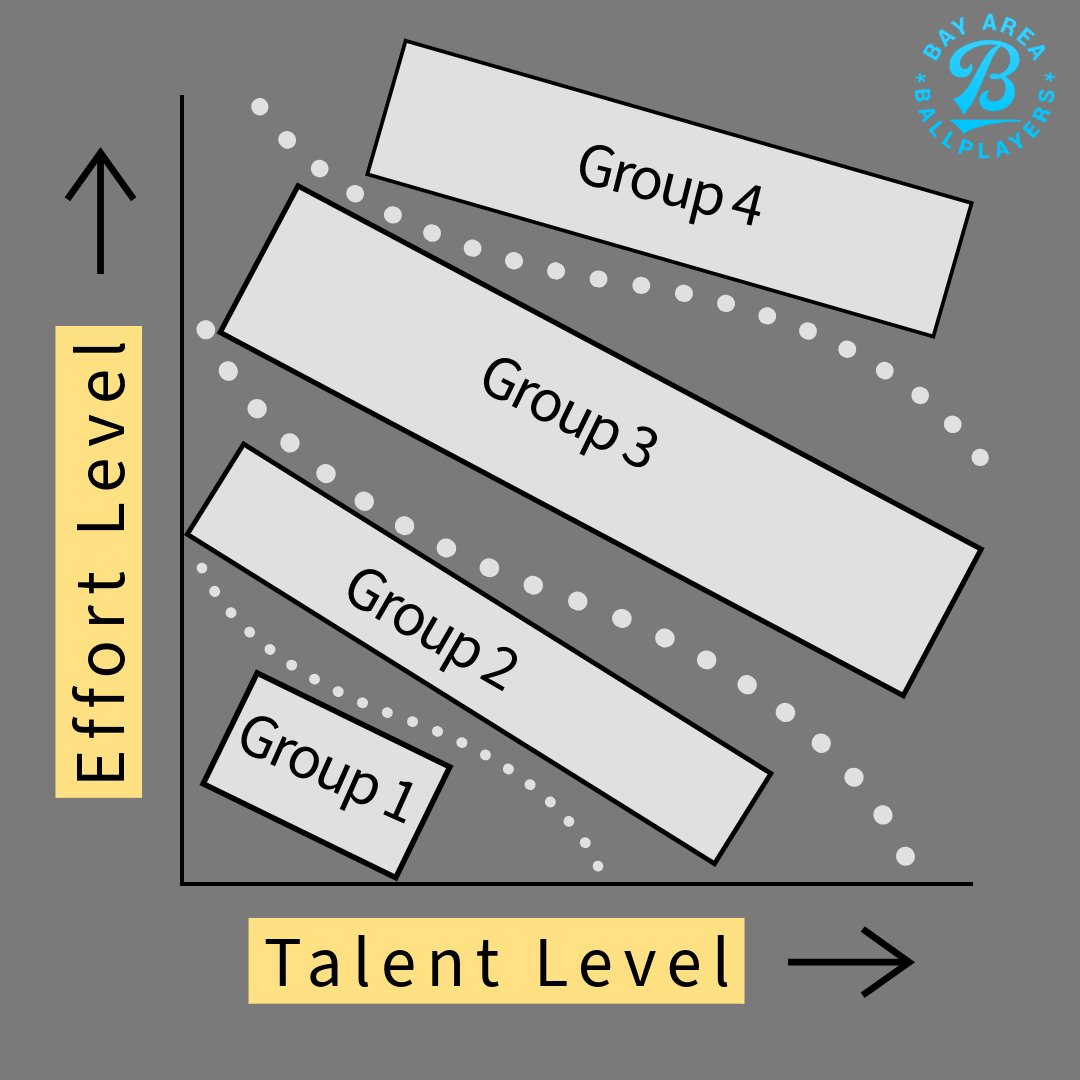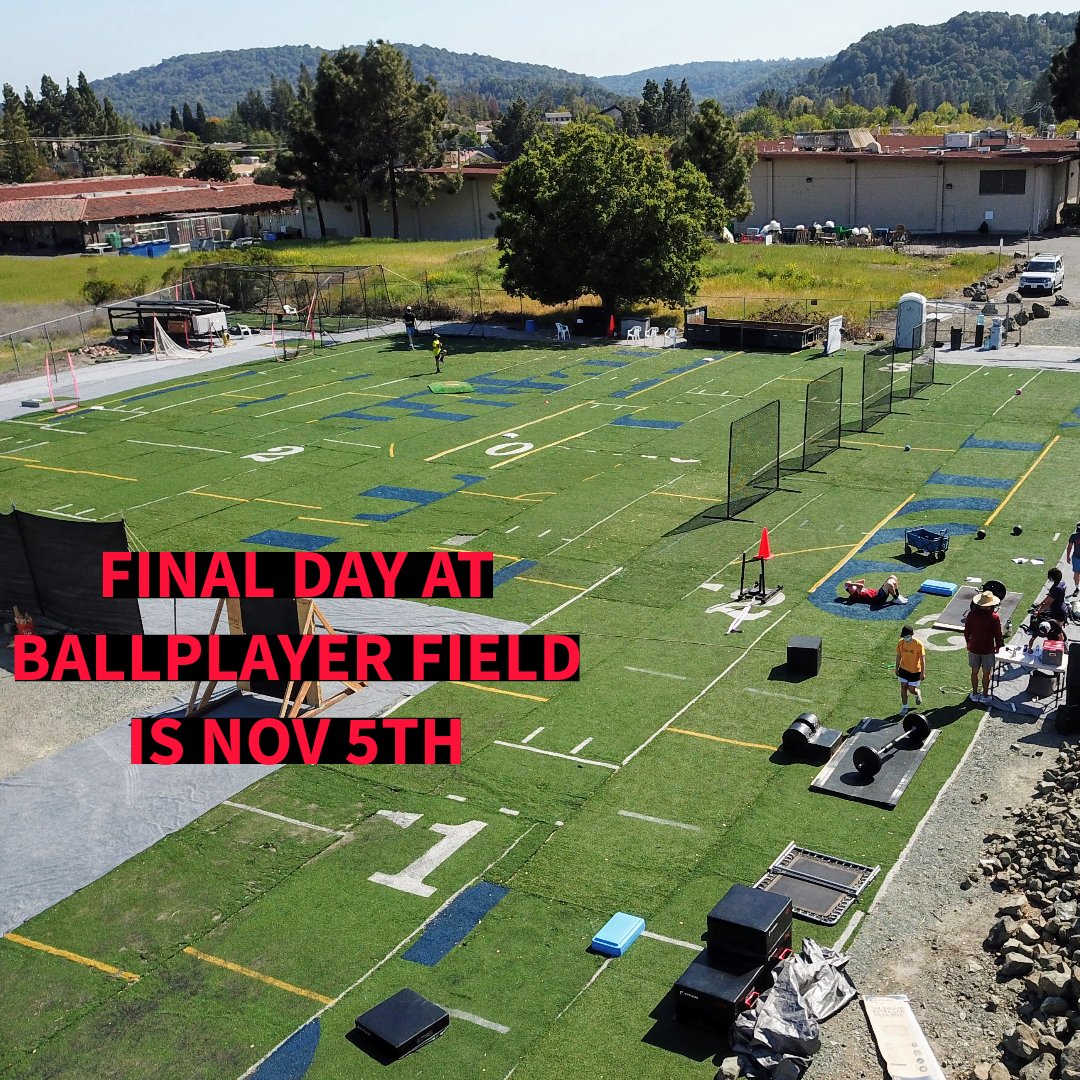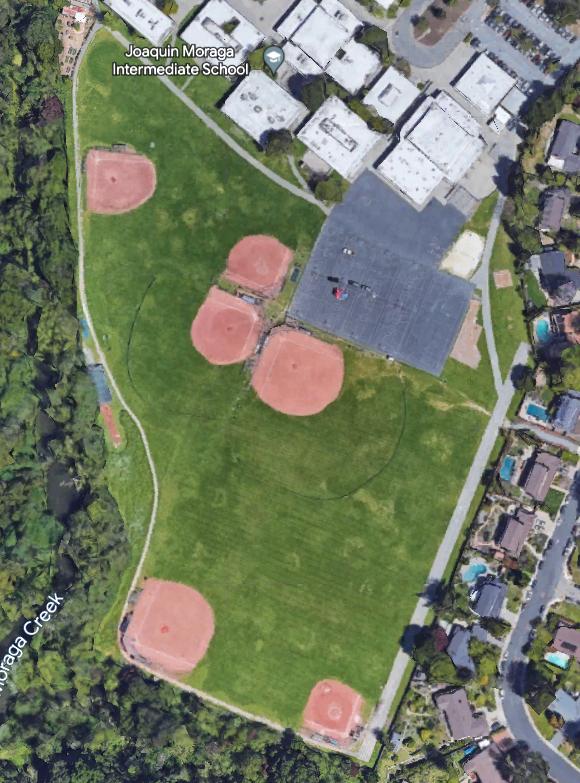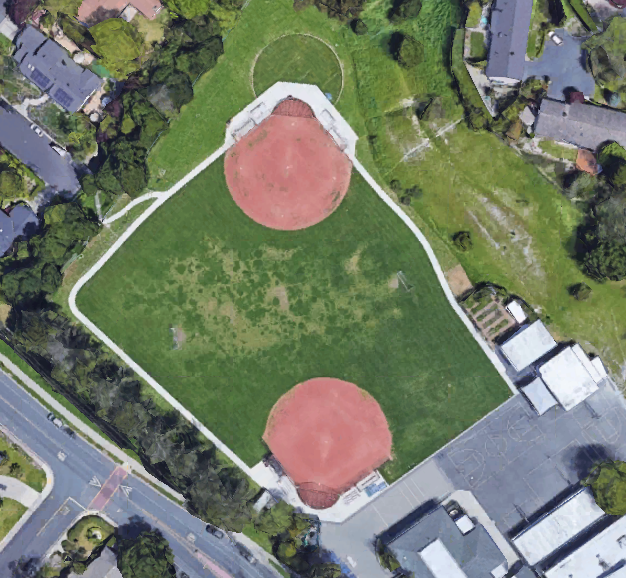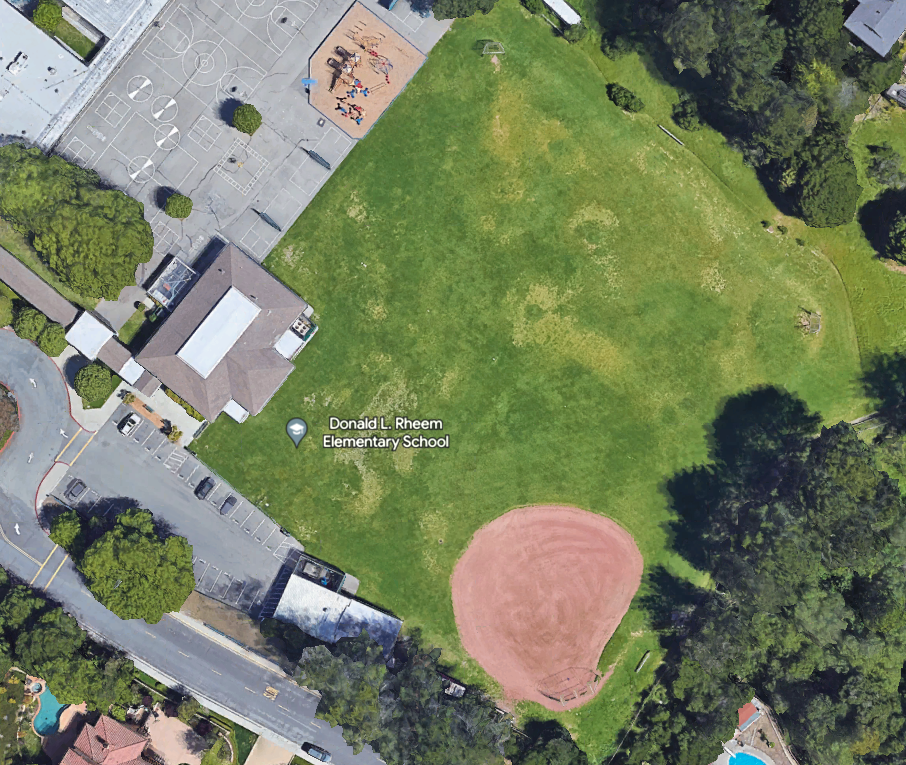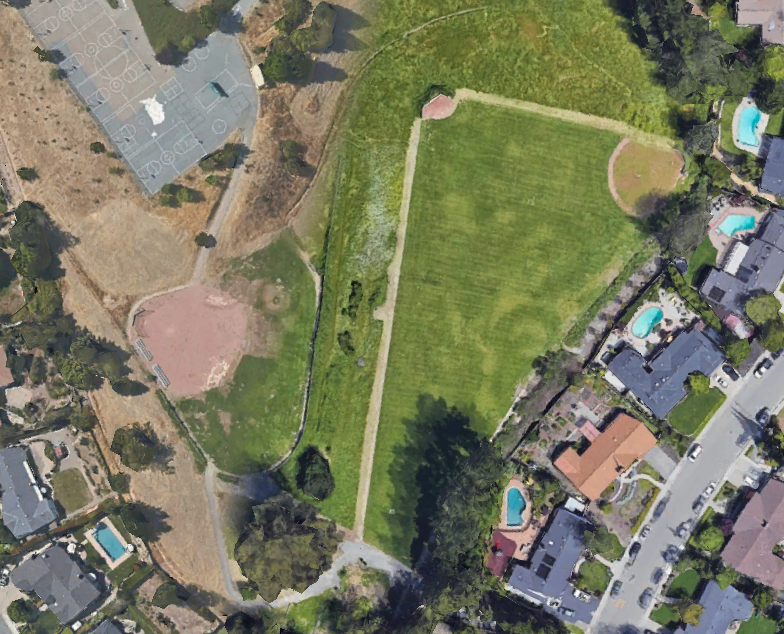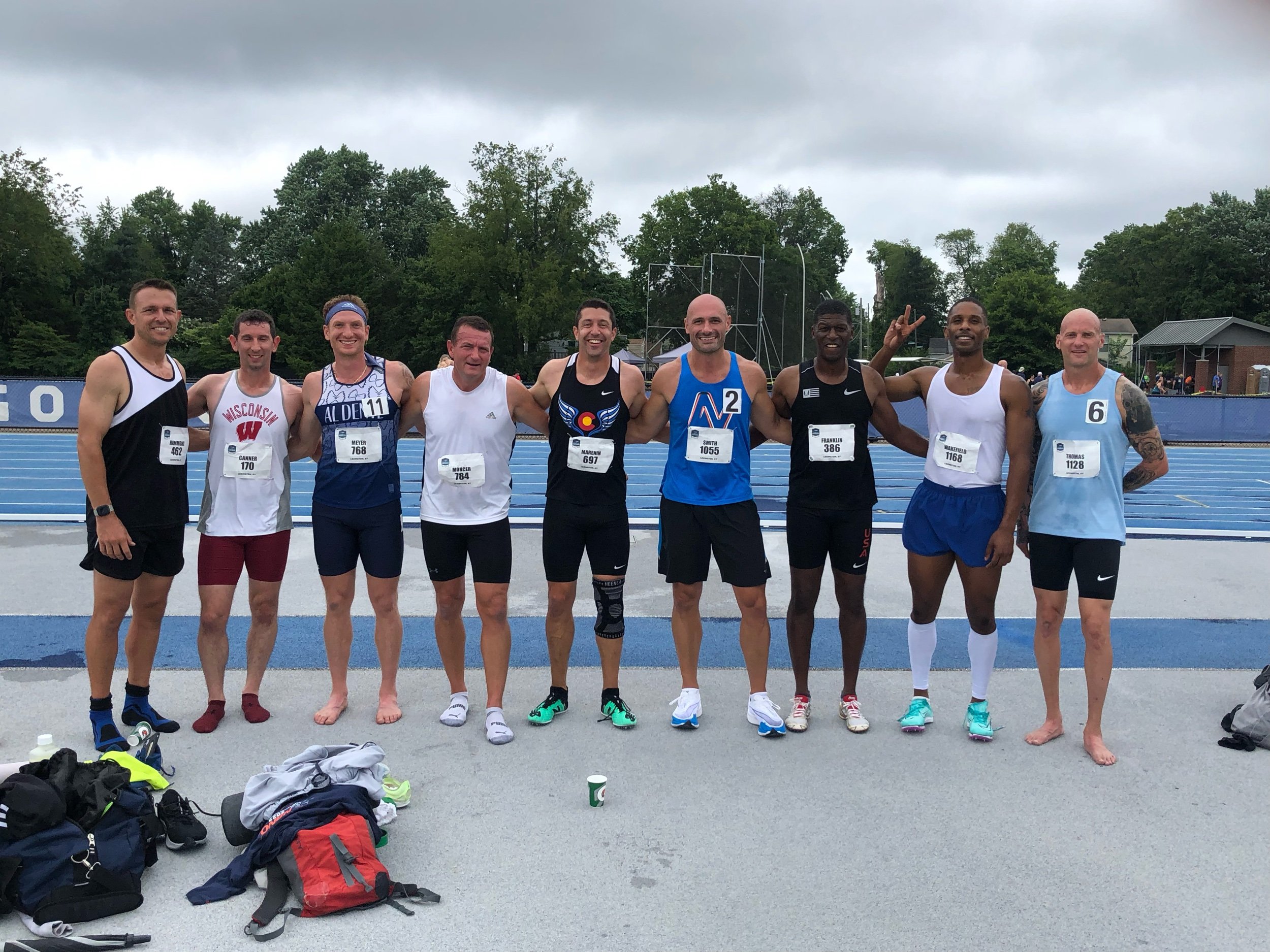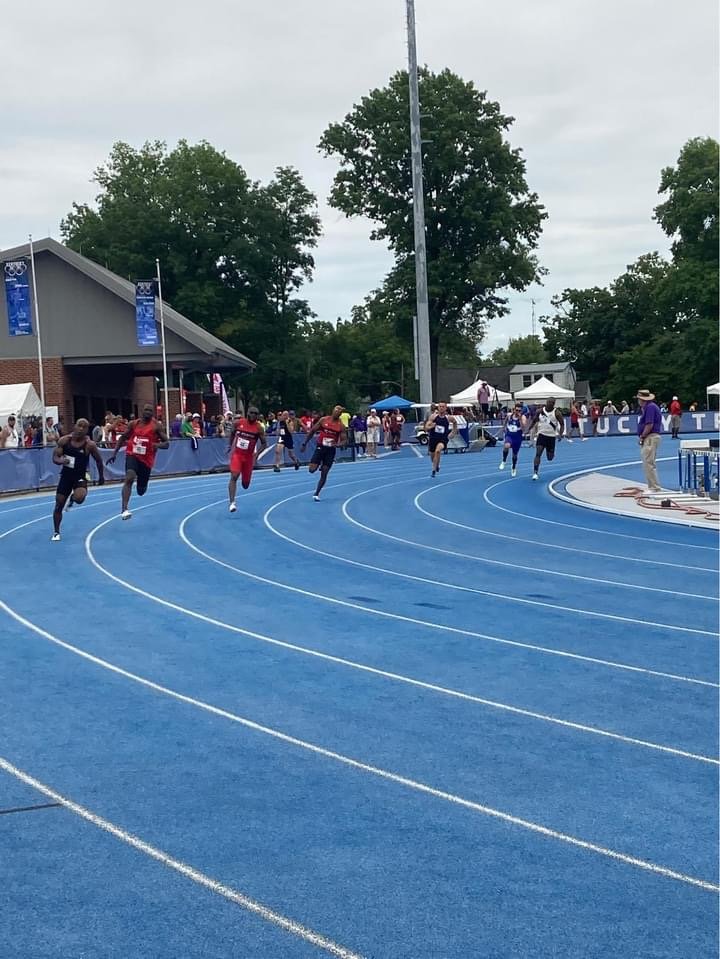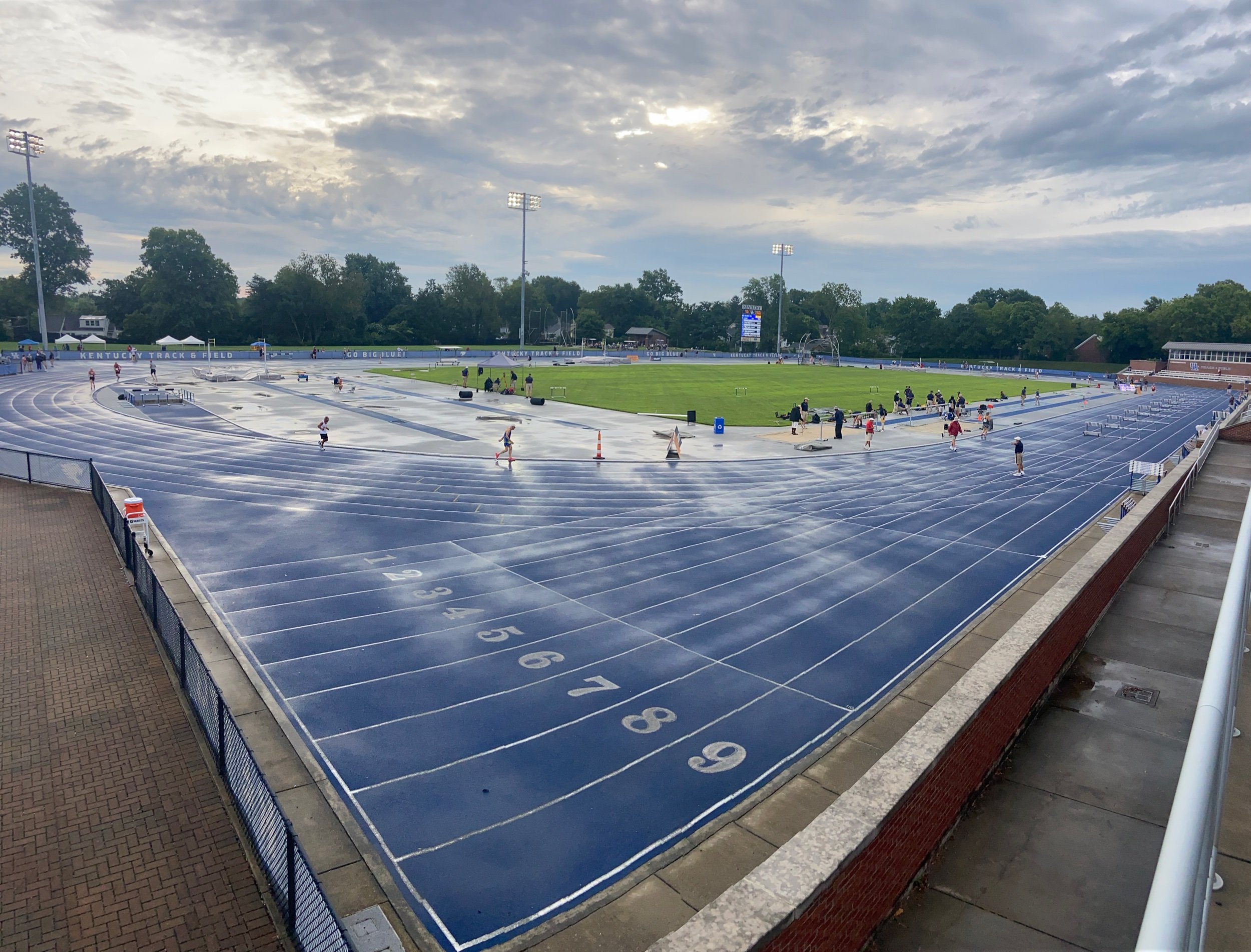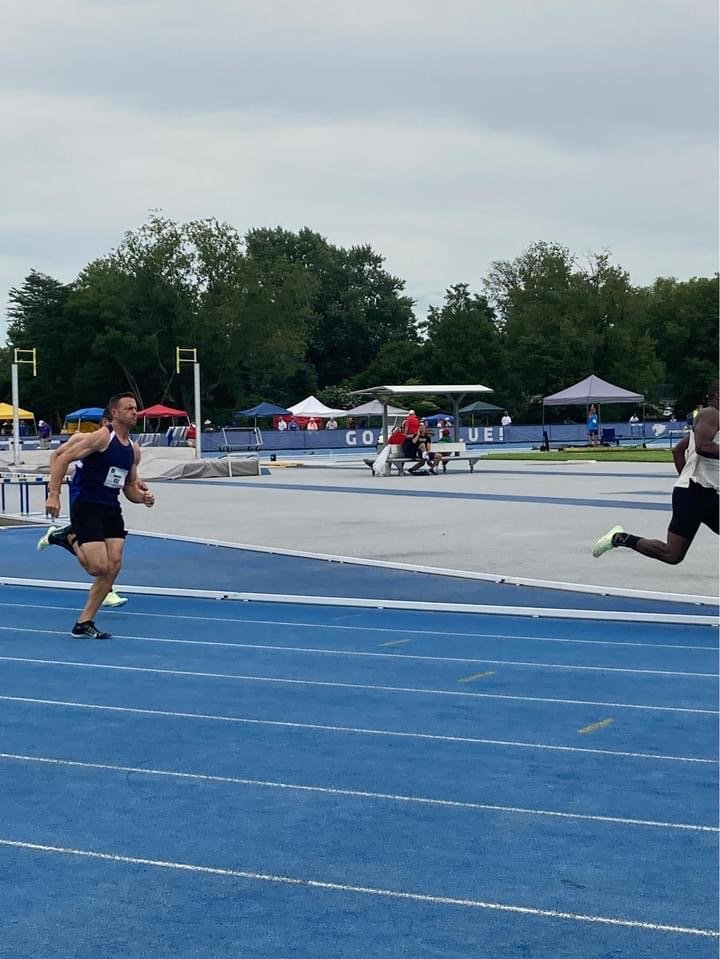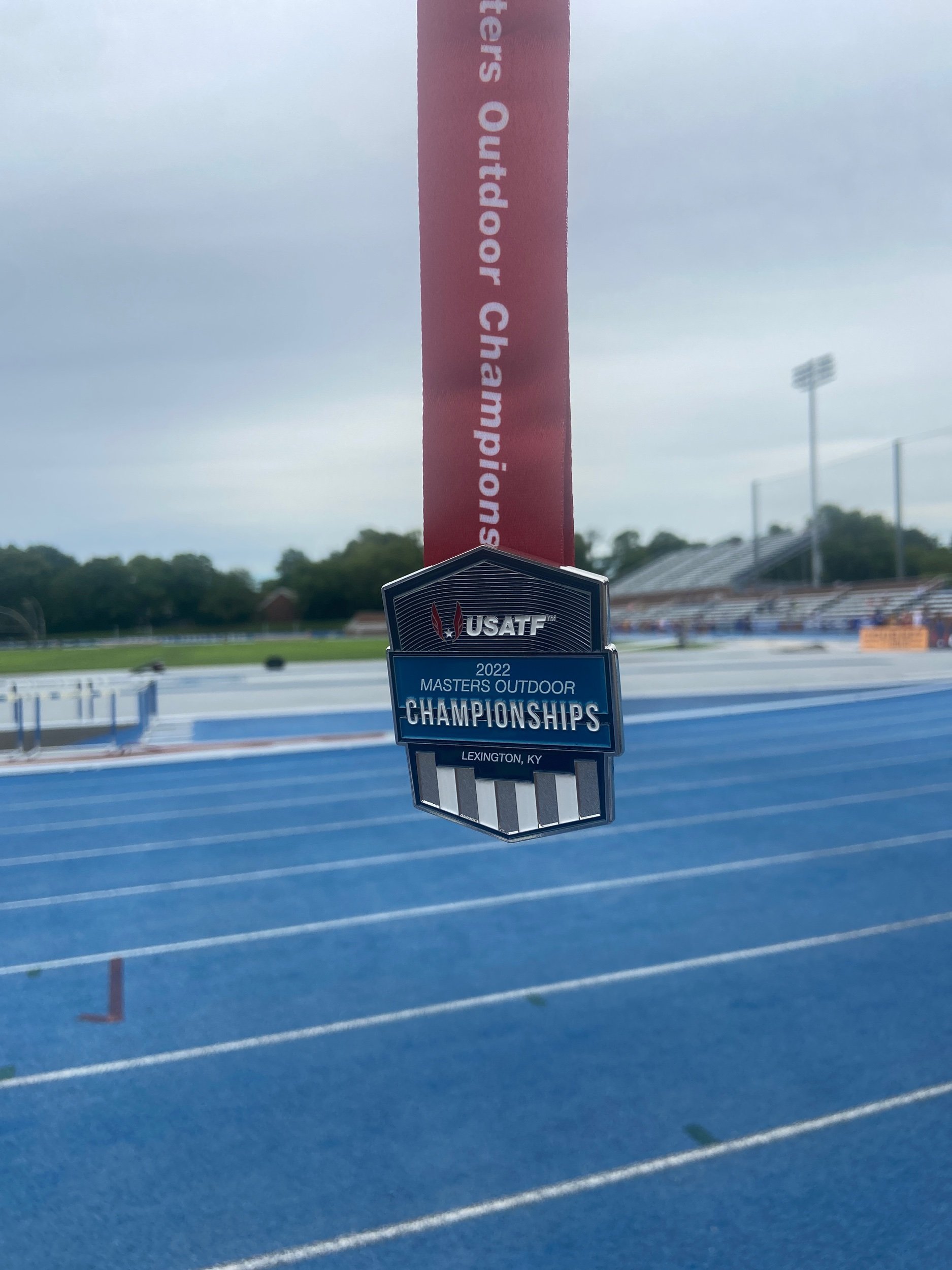Last week I had the opportunity to attend ‘NextUp 2023’, a youth sports management conference in New York City. The event brought together leaders from every corner of the youth sports world, and the knowledge shared at the event was incredible.
Some of the biggest topics discussed were the digital transformation we’ve seen children adapt to, and how it integrates into their sports experiences. The ‘professionalism’ of youth sports (and how that might be a good thing), And sports facilities and access for young people to get involved in sports and learn the life lessons that come with them.
On these 3 topics, I’ll summarize my thoughts based on lessons from the amazing speakers and discussions with other youth sports leaders at the event.
Digital Transformation
Video games have been around for decades, but have never been as engaging and immersive as they are now. Esports have grown in popularity, as they have found a way to make digital games become interactive and competitive. These 2 areas are their own animals, but my takeaways on the digital impact of youth sports relate more to how we as coaches and mentors can meet children where they are and understand how they interact on a daily basis. Children have endless and instant access to sports through youtube, social media and on the internet. They are influenced by what they see, good or bad, and it impacts how they play on the field. No one is watching highlight reels of a baseball player bunting a runner from 1st to 2nd base so that he gets into scoring position, or a basketball player hustling back on defense to be in position to get a stop. They are watching the 100mph fastballs, the home runs, the 3 pointers and the slam dunks… I think this translates into how they show up at practice. They don’t want to do the ‘boring’ things like learn the proper footwork to turn a double play - they want to see how hard they can throw their fastball or break their hitting exit velocity record. I’ve witnessed this change happen over the last 5 years, especially since Covid. But how can we meet athletes where they are and harness how they view sports and integrate that into a model that works in real life on the field? I think we do that by making practice and training more fun, fast paced, and competitive. The programs that excel moving forward will continue finding ways to keep children engaged, in a positive way - and make training, practices and games super fun and something that every child looks forward to.
Professionalism of Youth Sports
Rec sports are a dying breed. The ‘sandlot’ doesn’t exist anymore, no matter how much we cling onto ‘when I was a kid, I rode my bike to the park and played pickup games with my friends’. It’s time that parents begin to understand these facts, and why. ‘Professionally’ run club sports have become profit centers for years, and there is a low barrier of entry to get started. (I quoted professionally, because that term varies a great degree from club to club). But because there are so many club options and youth sports have become so competitive, families have the option to choose the program that has paid coaches and a long term plan, or the one that is run by volunteers and may not help their child develop the skills needed to keep up with their peers. No doubt, most volunteer based sports programs have great intentions, and some of them have fantastic programs. But with so many other options, it’s hard for them to compete. So this is where the ‘professionalization’ of youth sports comes in. Imagine the program that consults or hires experts, trains their coaches to rigorous standards, implements a plan for athletic development that includes not only their physical performance, but their psychosocial development as well. This sounds like a program that we would all want our children involved in, right? Well that type of program only exists if it’s run with a sustainable business model. Directors, a management team, high quality coaches, and someone in charge of marketing, social media and website. Many programs are using this exact formula, and they are the ones that families will continue to gravitate toward.
Sports Facilities and Access
In our ‘bubble’ in the East Bay, there is no shortage of options for youth sports. But there is certainly a shortage of both indoor and outdoor facilities for our athletes to play. Show me a basketball club that has too much gym space. Or a soccer club that couldn’t use another field or 2 or 10. For outdoor fields, how can we sustainably improve or repurpose underutilized facilities, or build and develop new ones? Development costs have gotten out of control, and there is less and less land that can be allocated to outdoor recreation, especially in dense urban areas. So that is a huge challenge. But how can youth sports clubs partner with schools, towns and counties to better utilize existing facilities? It’s a topic I continue to explore at great length. There needs to be an economic model that allows this type of partnership to happen.
With regard to indoor facilities, it’s become harder and harder for ‘single use’ facilities to make it. There are very few batting cage facilities that rely on coin operated rentals only, or basketball gyms that don’t also utilize their courts for volleyball. So facilities that get built in the future will be dynamic in the way they operate. They will be set up in a way that they can efficiently host soccer, baseball, lacrosse, futsal and softball in the same space. They will be creative to have uses from early morning to late at night, and host events on the weekends and holidays. Looking back, this is why I opened Ballplayers as a multi-sport training facility. Because I knew it would be difficult to ‘only’ train baseball players and rely 100% on that market. I knew that the strength and speed and movement training we do with baseball players carries over to virtually every other type of athlete. We’ve found new niches in Lacrosse, Water Polo and Soccer because of this decision (and we even use our baseball batting cages for training these athletes). So we have been on the right track for the muti-use sports facility, and I think any new, larger-scale facilities that you see in the future will have a similar model.
I’m excited to continue the conversations and relationships that started at the conference, and plan to dive deeper in a few areas to provide the best opportunities for children in our community.
































